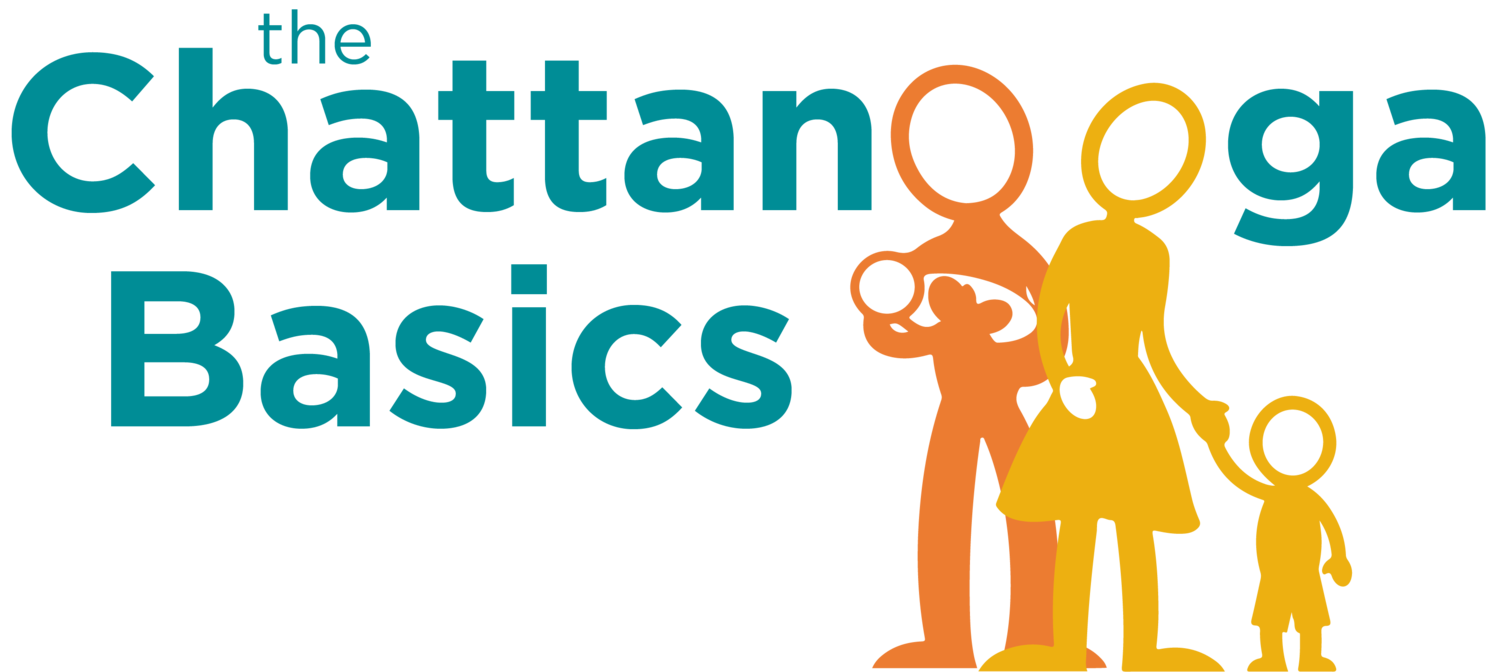WHY?
Becoming good at math begins long before a child enters school. Each one of us is born to be a “math person.” Even babies can do simple math, such as noticing amounts and patterns. Toddlers love learning math concepts and games, such as comparing sizes and shapes. These concepts help them make sense of the world. You can help your child learn math as you play and talk together during everyday moments. By building on their natural skills and interests, you will be boosting their brain development and preparing them to do well in school.
TIPS ON HOW TO COUNT, GROUP, AND COMPARE
INFANTS (0-12 MONTHS OLD)
PLAY MUSIC We all have a natural love of music. Share this love with your child. Play gentle music or sing when you are together. This is a fun and easy way to expose your child to rhythm and patterns. Lots of nursery rhymes and children’s songs involve counting!
MOVE TO THE BEAT Clap, tap, rock, or kiss your baby in a steady rhythm. Count while you do it. For example, while dressing your infant, tap their tummy three times. Repeat this. Have fun and make silly faces. This is a good way to teach your infant about counting and patterns.
COUNT OBJECTS Count groups of things, starting with small numbers. For example, count your child’s toes or pieces of fruit. Infants learn through all of their senses, so hold objects up for your child to see and touch. “Look, there’s one…two bananas. Two bananas.”
COMPARE Provide opportunities for your child to touch and explore things that are the same and different. For example, let your baby shake things that make different sounds, or touch fabrics with different textures. Talk about how they are similar or different.
FILL UP AND DUMP OUT For example, use a container to scoop and dump water in the bathtub. Use words like “in,” “out,” “full,” “empty,” "more," and "less."
TODDLERS (12-36 MONTHS OLD)
COUNT Count with your toddler. Move to bigger numbers as they get the hang of it. Young children learn through all of their senses, so have them point to and touch the objects you count.
ADD AND SUBTRACT Explore what happens when you add or take away items from a group. “You have three crackers. How many will you have if you eat one?”
LOOK FOR SHAPES Point out shapes and describe them to your child. See if they can find shapes. “The clock is a circle. Do you see any other circles?” This is a great way to pass the time when you are doing doing errands.
MATCH AND SORT Make a game of matching and sorting objects into groups. Your child can match and sort items by their shape, color, size, or other features.
COMPARE SIZES AND AMOUNTS For example, describe things as “large, small, light,” or “heavy.” Ask you child which objects are larger or smaller.
PUT THINGS IN ORDER Practice putting things in order. For example, your child could arrange dolls from smallest to largest, youngest to oldest, or heaviest to lightest. See what other categories they come up with!
USE MUSIC Clap and dance with your child. Your child will be learning about patterns while having fun.



